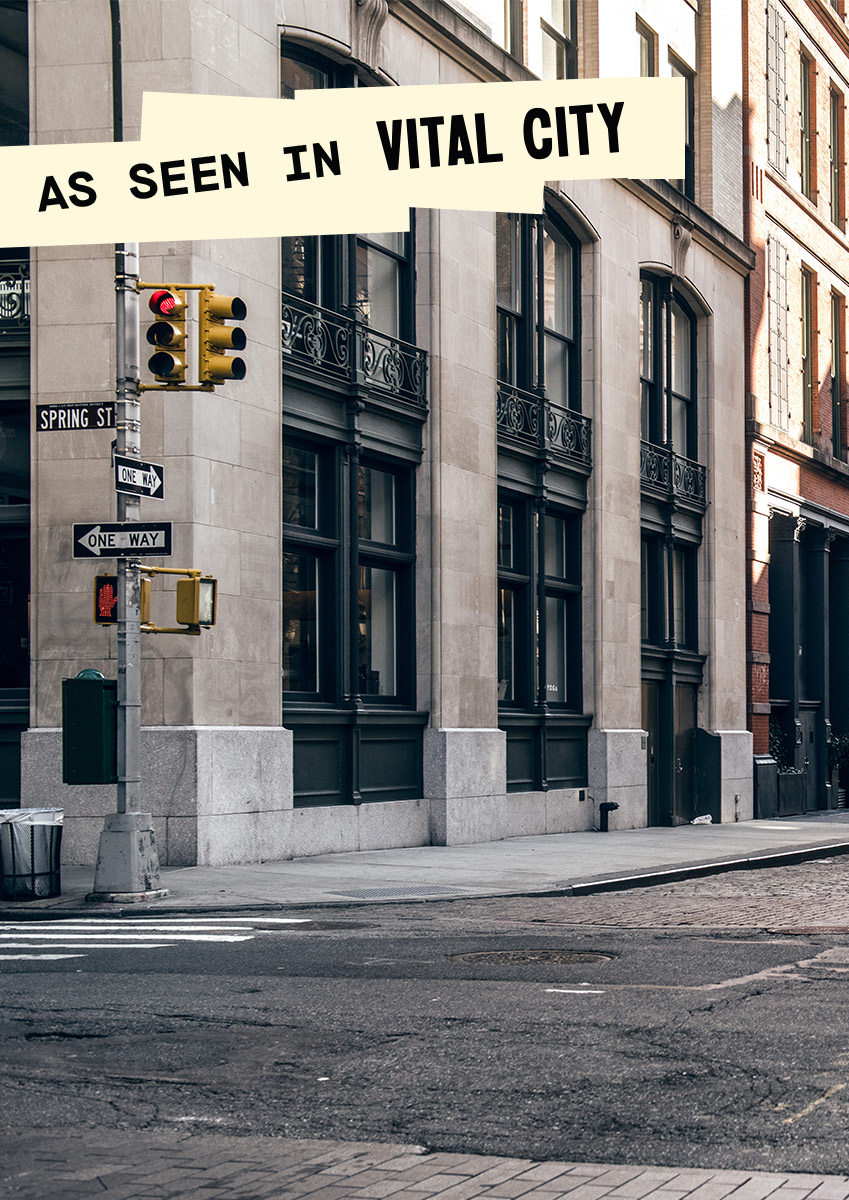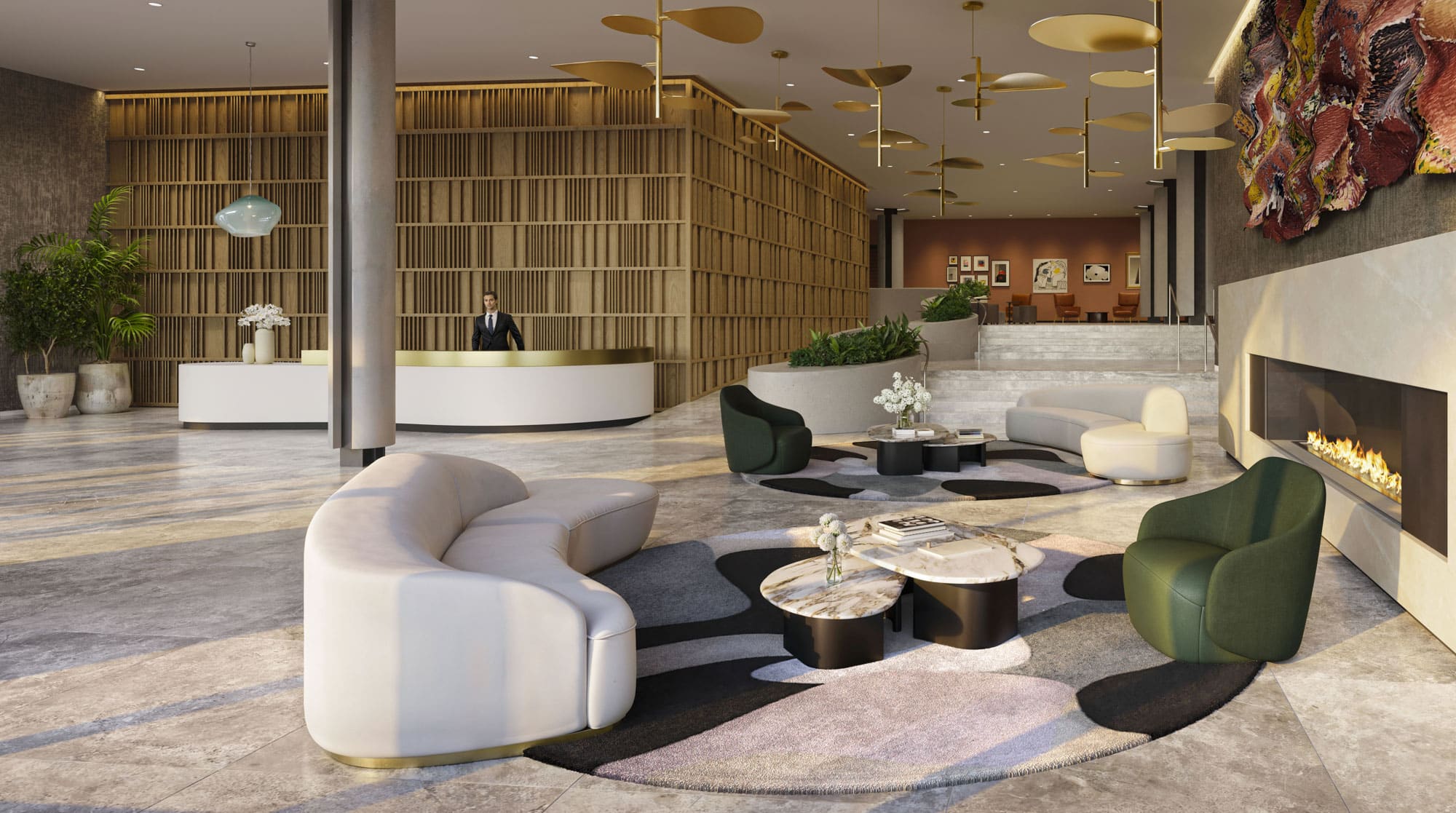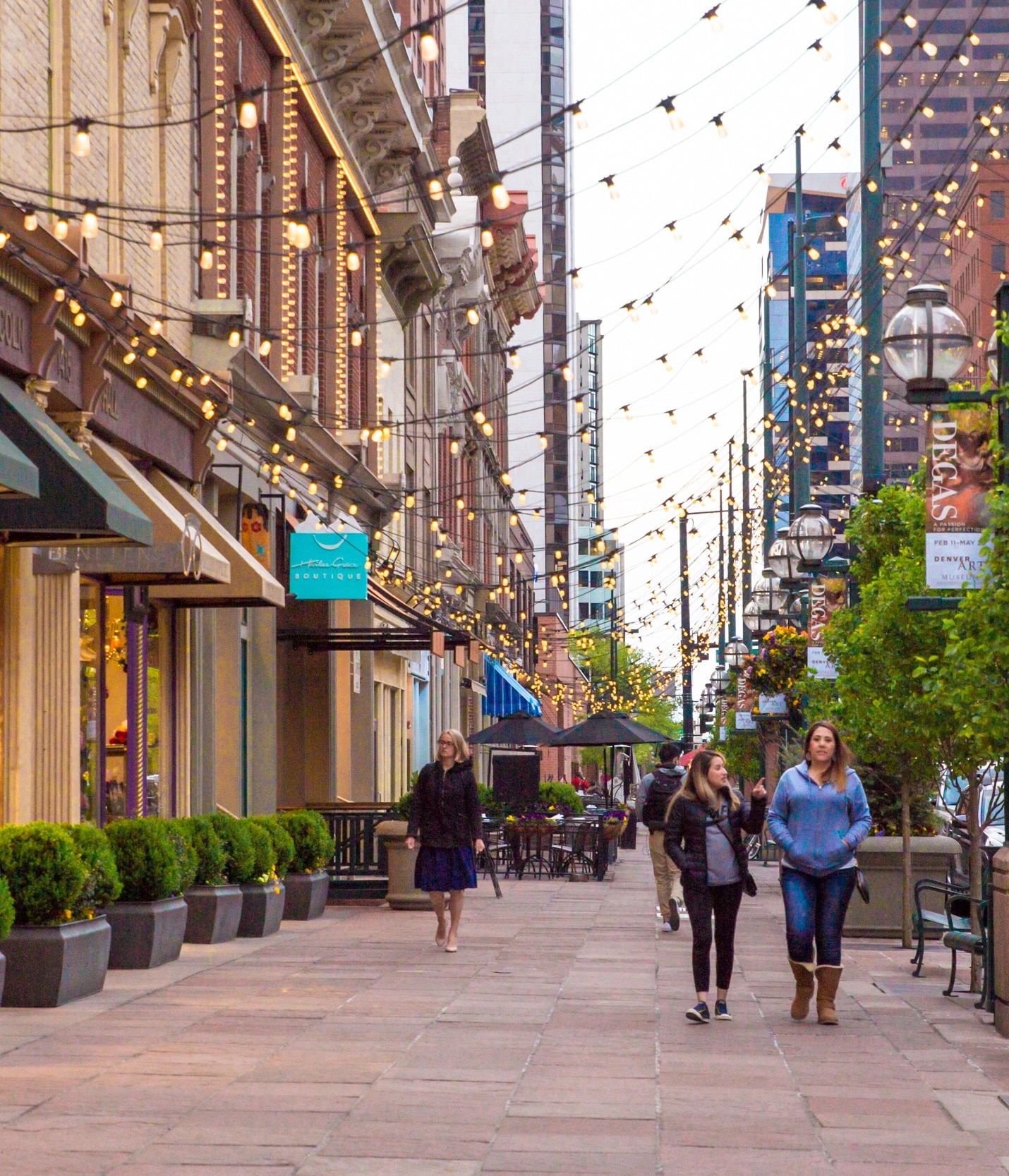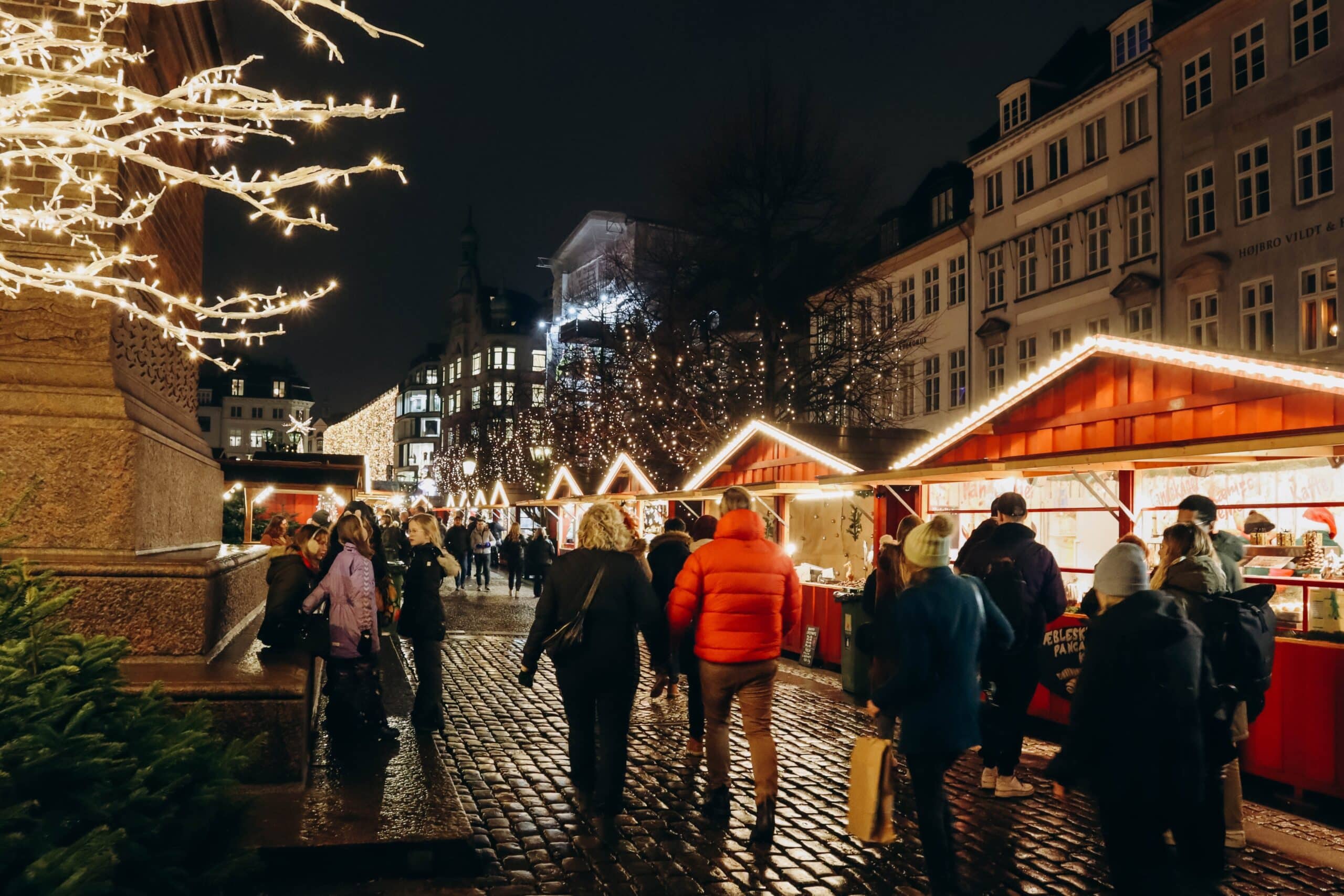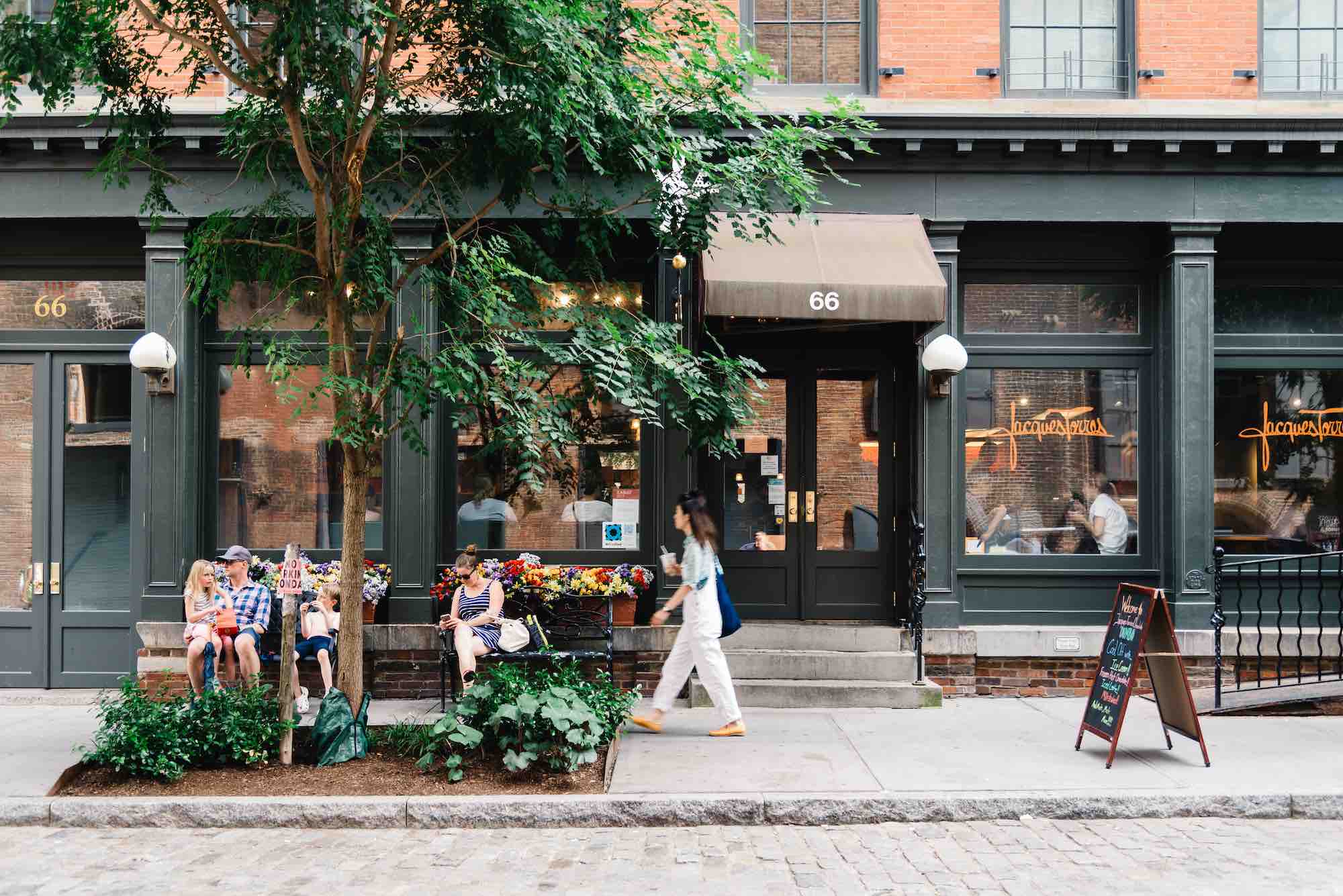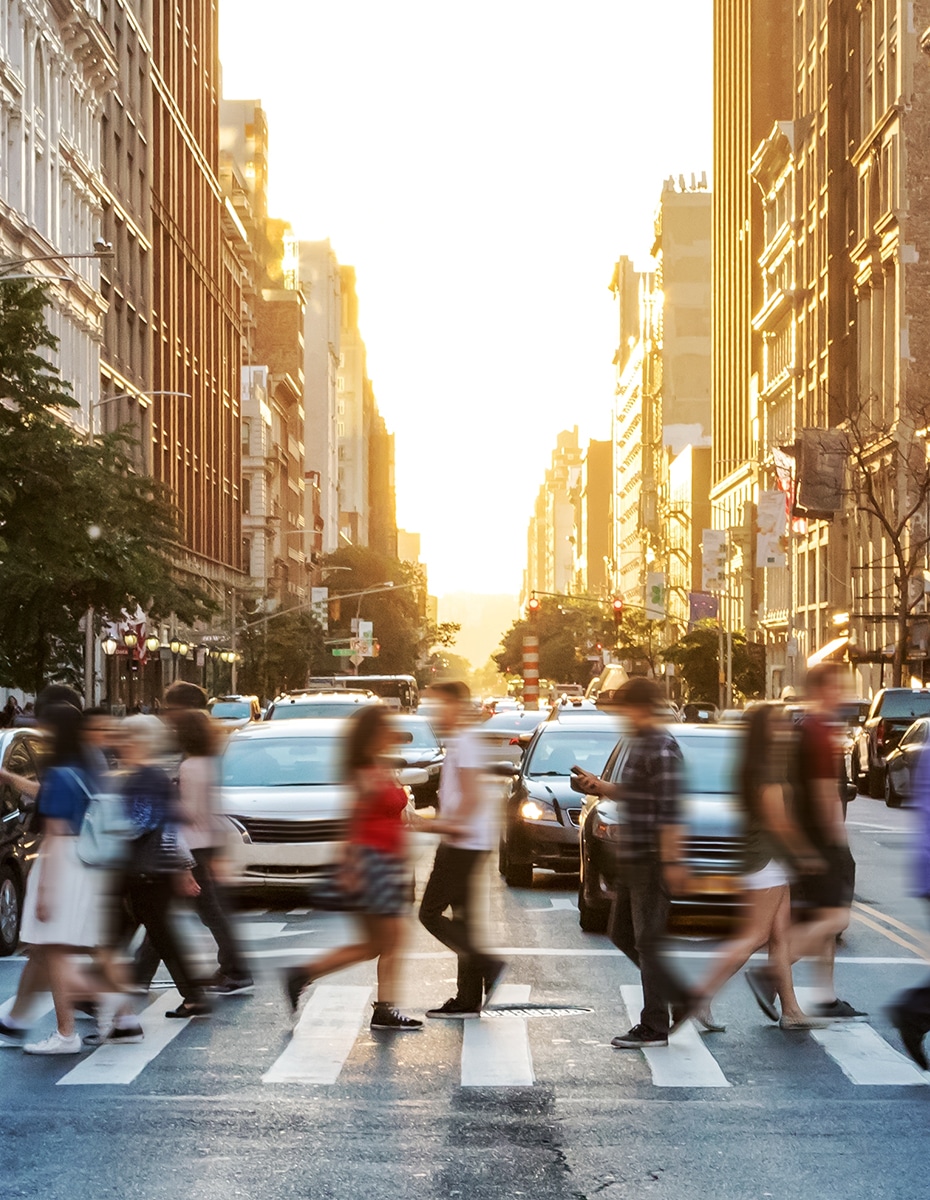The retail industry is changing rapidly, and brands are employing increasingly innovative ways to get consumers into brick-and-mortar locations. Retailers are in the process of learning the most productive usage for physical spaces. For some retailers, this means going above and beyond their typical goods offerings to give the customer unique in-store experiences that wouldn’t otherwise be available online. In the age of maker culture, shoppers aren’t looking to just buy their goods, they want to be a part of the process of creating a truly unique product. Retailers from all industries are taking part — from crafting to denim.
Beauty Bite Lip Lab – Made to Order Makeup
An experience that wouldn’t be feasible online, Beauty Bite’s Lip Lab in-store color experts work with consumers to create customized lip products completely tailored to suit unique needs. Customers are able to customize every aspect of their cosmetic products — from the shade, texture, finish, and scent. Throughout the process, customers are able to try on the lip color in person, making adjustments until the color perfectly aligns with their needs.
Levi Strauss & Co. – Leveraging Lasers
It typically takes years to develop a worn-in look on an old pair of denim jeans, but Levi Strauss & Co. has leveraged cutting-edge laser technology to replicate the aging process within seconds. Debuting in a customization pop-up in Los Angeles, the brand is bringing the Project F.L.X. technology to select retail locations allowing shoppers to customize their denim within minutes — from holes to distressed fading patterns.
JOANN – Experts and Equipment
Typically a hobby done from the comfort of one’s home, JOANN Fabric and Craft Stores has taken crafting out of the home and into the retail space. At the new JOANN concept in Ohio, an in-store creative studio acts as a classroom, event space, and can be rented out for personal projects. JOANN experts provide help with crafting needs, and customers can take advantage of in-store equipment like laser printers and quilting machines. If that’s not enough to get customers in the door, the store offers complimentary Starbucks and freshly baked cookies to shoppers.
In some cases, incorporating in-store experiences brings changes to the retail real estate strategy. For experiential retail that includes food and beverage components like JOANN’s, food-related utilities like water, sewage, and kitchen exhaust become a need. Properties suited for experiential retail help landlords differentiate their properties from their competition, just as DIY in-store experiences help retailers differentiate themselves. Experiential retail is a small but rapidly growing percentage of the retail space as brands experiment with tapping into maker culture concepts that attract customers to brick-and-mortar stores.
For Streetsense updates, follow us on social media or sign up for the Word on the Street newsletter.
BACK TO LATEST



